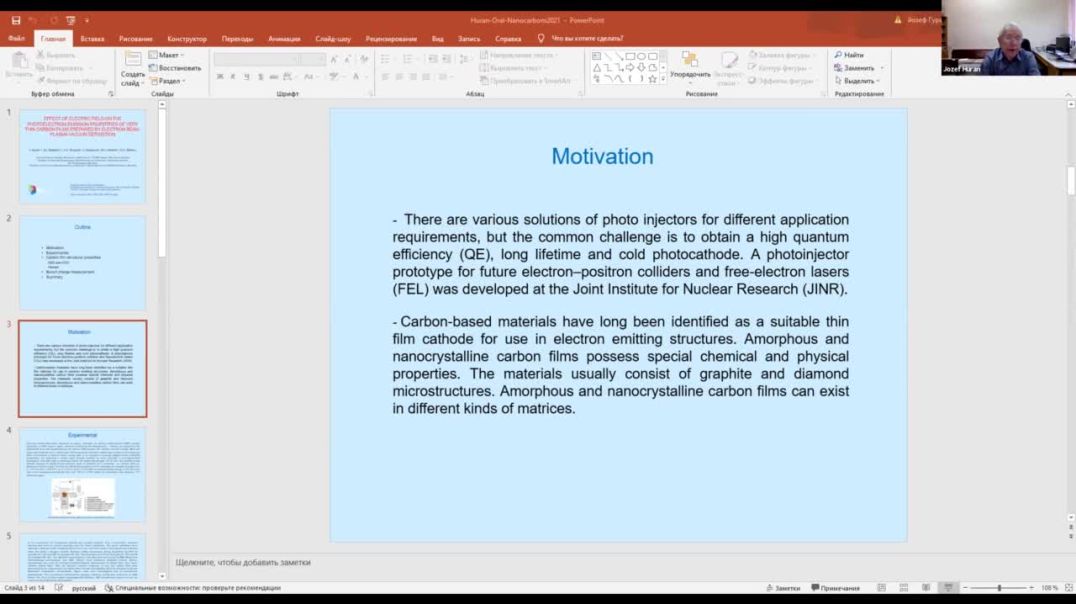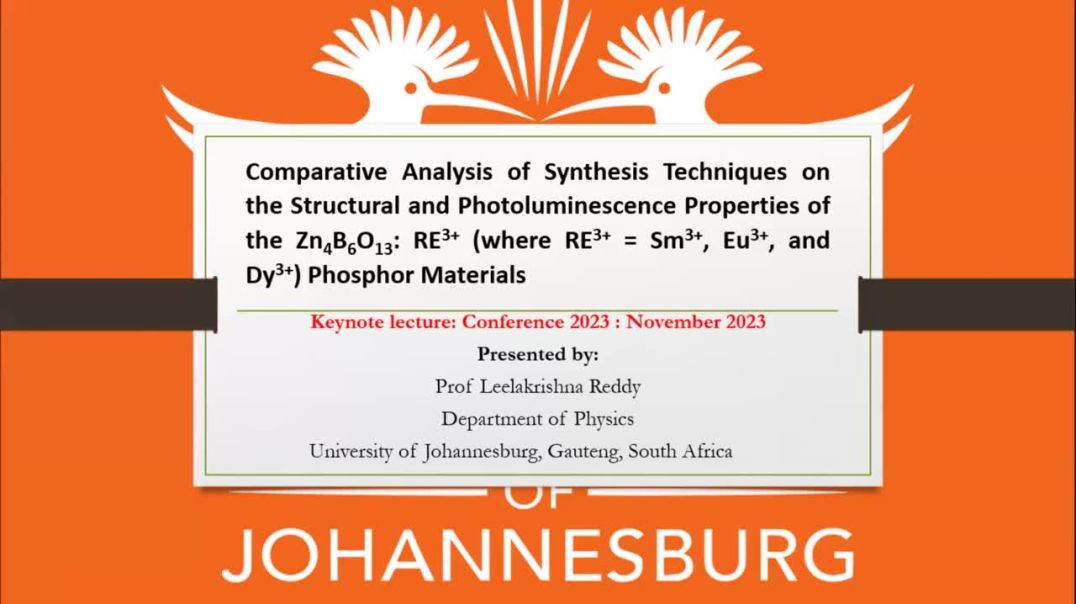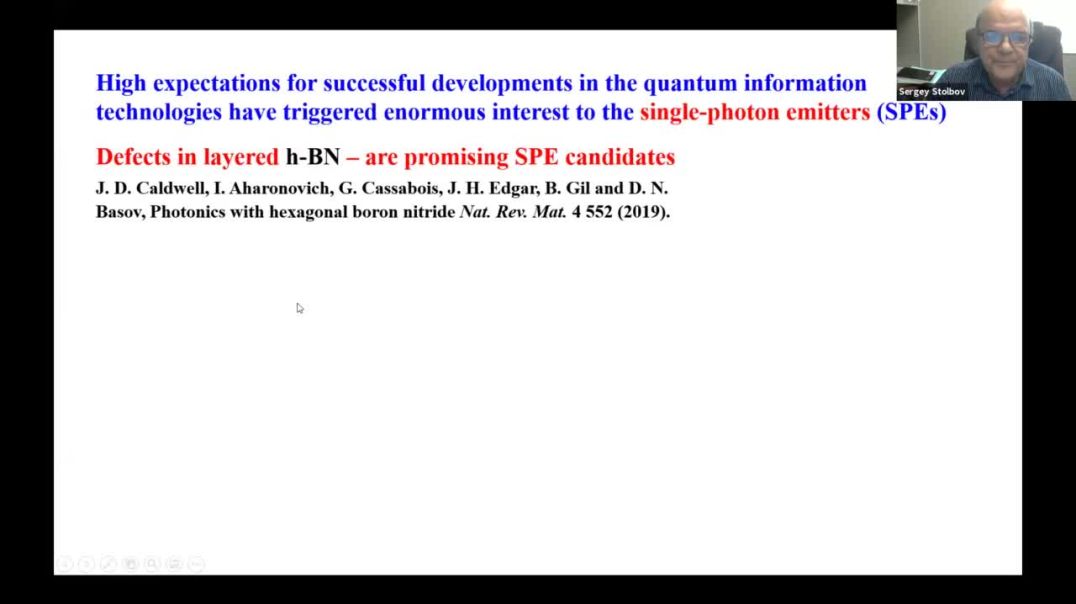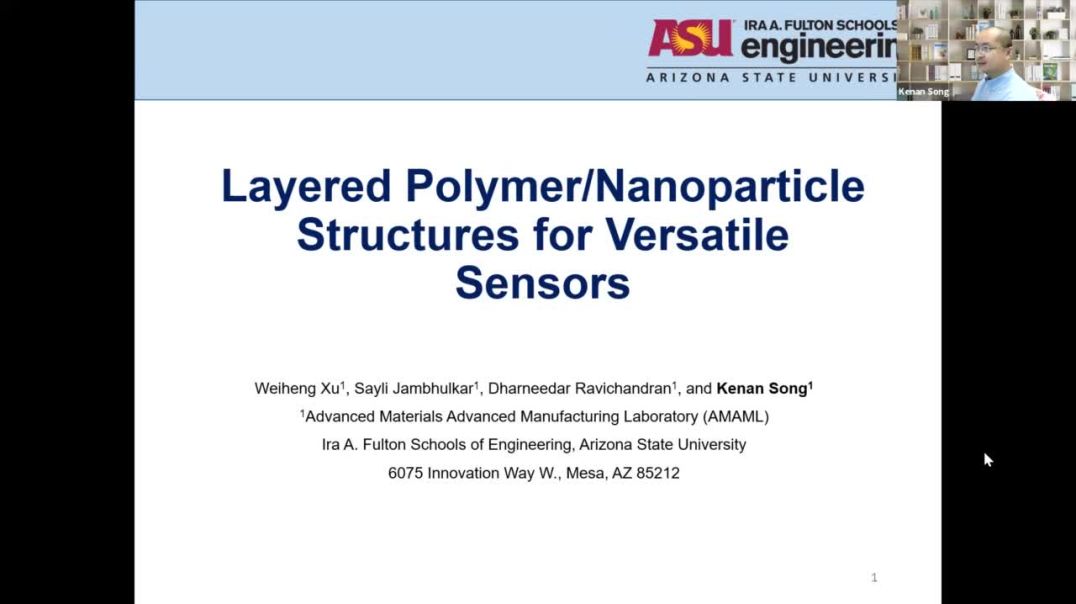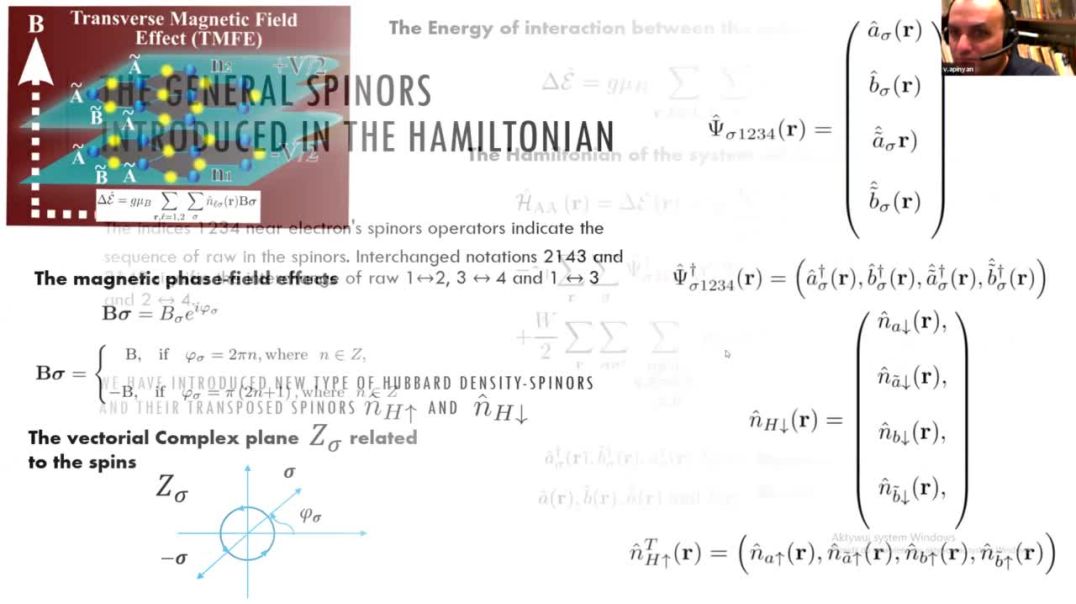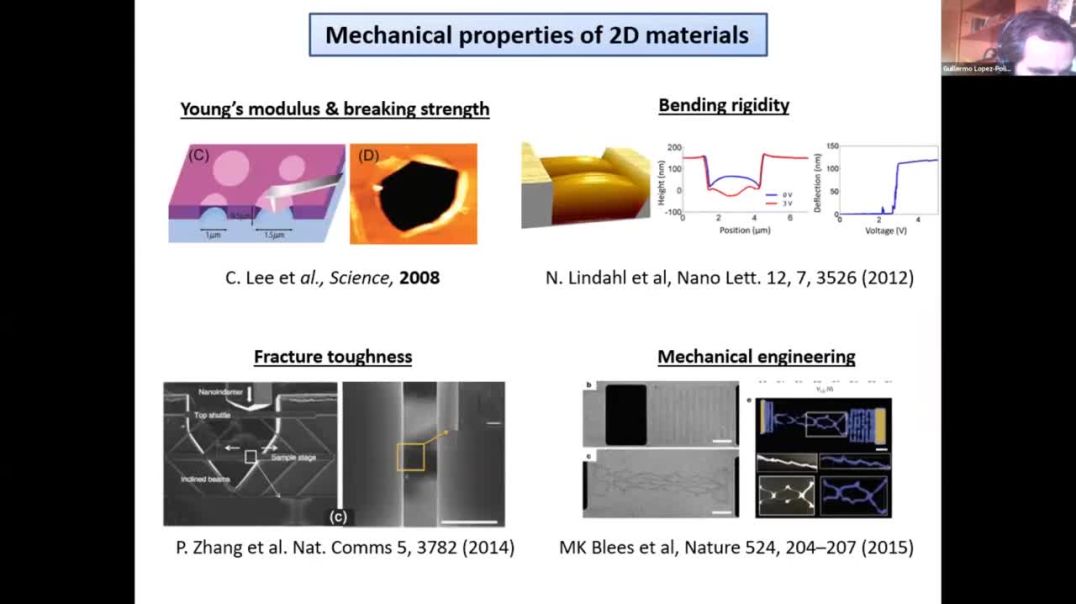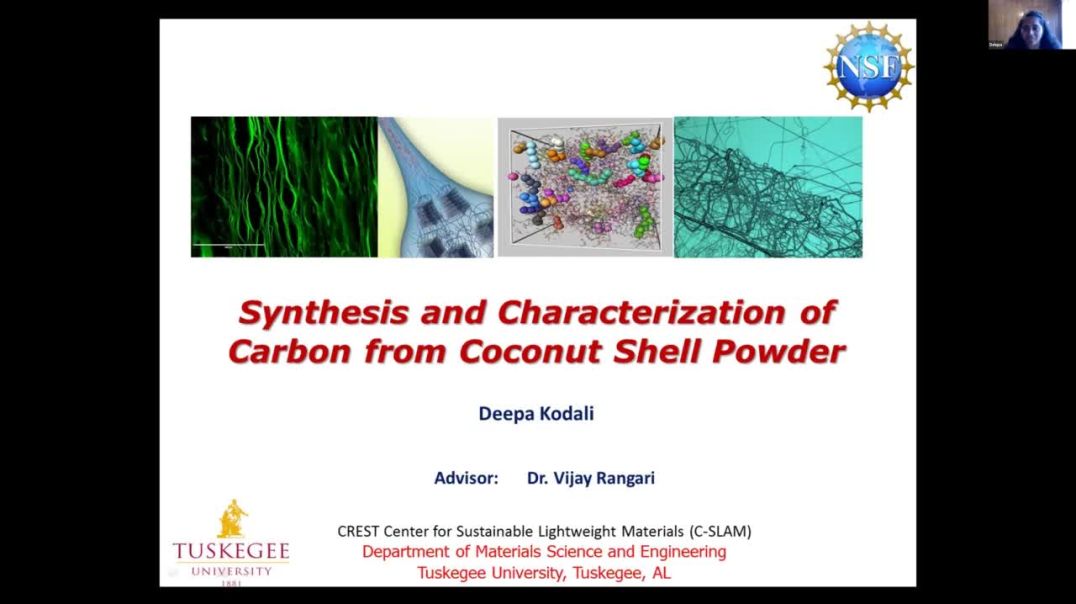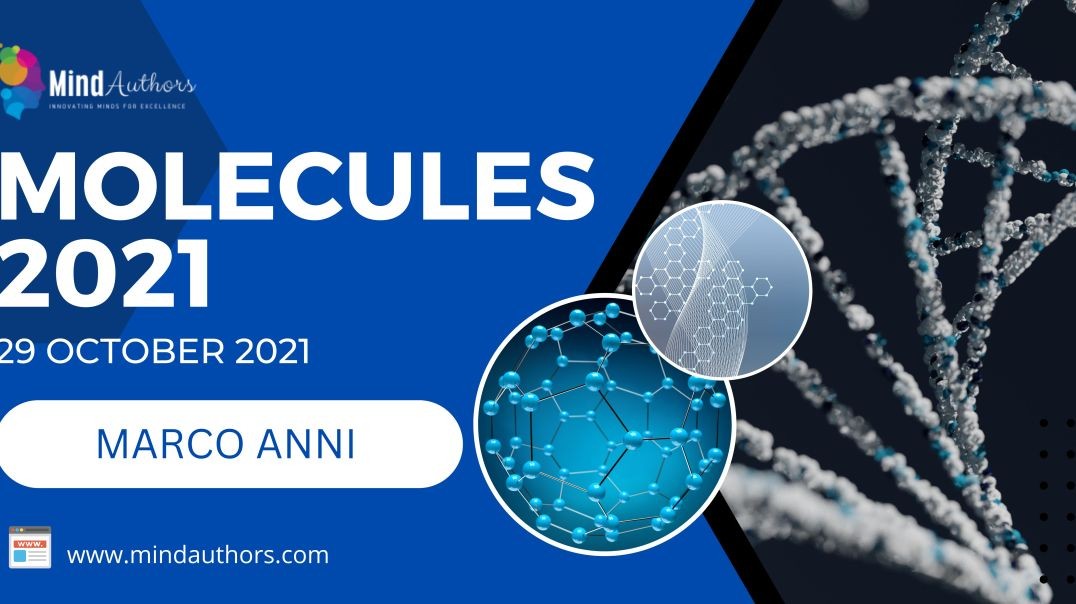Effect of electric field on the photoelectron emission properties of thin carbon films | J Huran
Summary :
Very thin carbon films were deposited on quartz substrates by electron beam-plasma (EBP) vacuum deposition. In EBP system electrons emitted by the incandescent cathode are focused by the electrostatic lens and accelerated by the electric field between the cathode and the crucible filled with evaporated material. On achieving a certain vapor density, a nonindependent discharge in material vapor is developed within the anode-cathode gap (~6-10 mm). In our experiment the evaporated material was pyrolytic graphite. Substrate holder temperature during deposition was 500 oC (samples Q1, Q2) and 350 oC (samples Q3, Q4,). Film thickness were 20 nm (samples Q1, Q3) and 25 nm (samples Q2, Q4). The concentration of elements in the films was determined by RBS and ERD method. Raman spectroscopy was used for chemical structural features determination of carbon films. Elements concentration were practically the same for all prepared films: carbon - 93 at.%, nitrogen - 2 at.%, hydrogen - 2 at.%, oxygen - 3 at.%. Raman spectrum of very thin carbon film, which is typical for all samples, was deconvoluted. Carbon films contained several carbon phases. The photo-induced (pulsed laser –266 nm) electron emission properties of very thin carbon films were determined by the measurement of cathode bunch charge at extraction electric field in the range 0.5-4 kV/mm and calculate quantum efficiency QE of the prepared backside illuminated transmission photocathode. The photo-induced electron emission characteristics at different electric field of very thin carbon films prepared by EBP vacuum deposition on quartz substrate as transmission photocathode are discussed.
About Author :
Jozef HURAN was born in Slovakia, in 1955. He received M.Sc. degree in Faculty of Electrical Engineering from Slovak University of Technology in 1980. PhD degree received in Institute of Electrical Engineering, Slovak Academy of Sciences in 1989. His research interests include microelectronics, vacuum technology and thin film devices. He is currently senior scientist in Joint Institute for Nuclear Research, Dubna. His current research is focused on very thin film transmission photocathode technology.
